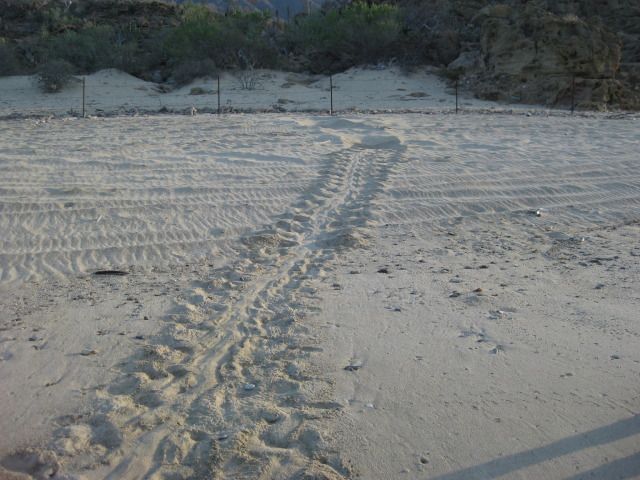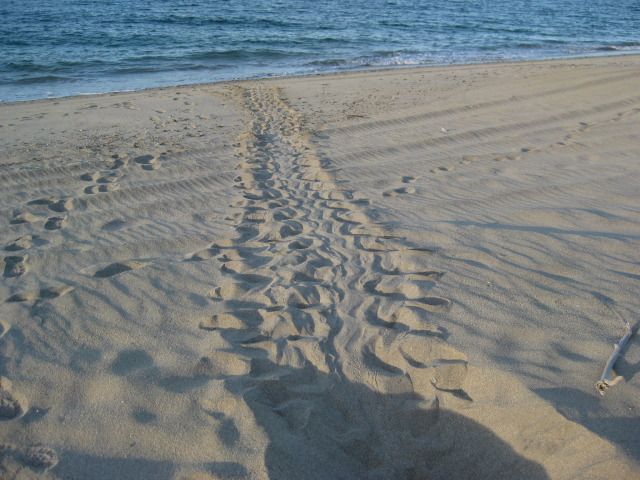Originally posted by Osprey
Luv, I'm not the Go To guy on this stuff but:
1. Since the babies have to survive, then remember where they hatched (over the last 10 to 15 years as they mature), then make it back here to nest,
it is very hard to measure.
2. In some areas
3. The conservations groups are very active all over the tropics -- where and when they can, they supply the dollars for protection programs like the
ones we enjoy here.
I think you can go as deep into turtle conservation as you wish, as you can afford time and donations. I receive ads quite often asking for donations
to witness releases -- $100 pesos.
[Edited on 10-13-2012 by Osprey] [/quote
Wow, I'd pay for the opportunity to watch. |






